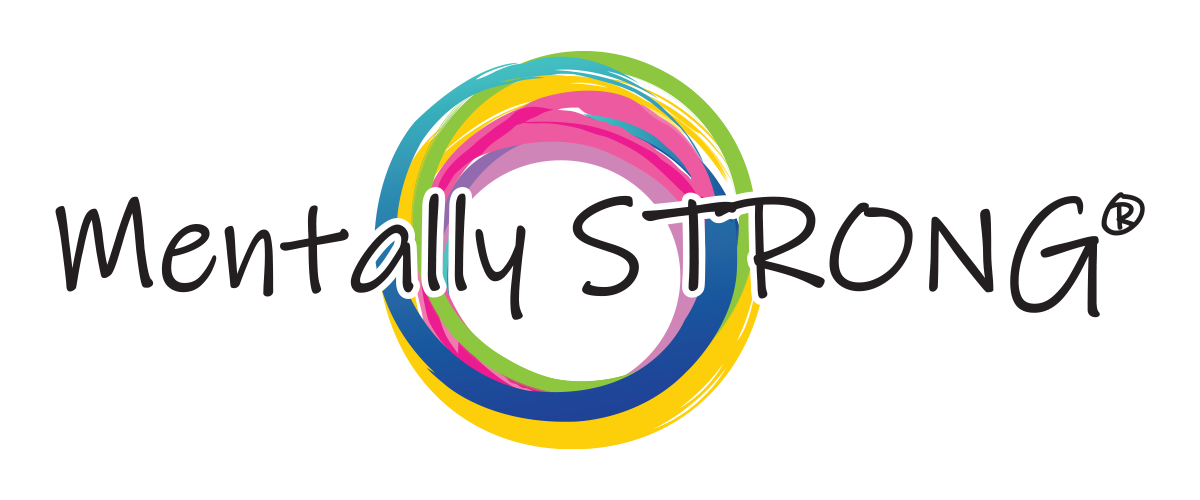Okay, so you’re feeling a lot. Like, a lot. Maybe you snapped at someone over something tiny. Maybe you’re crying in your car after a completely normal Tuesday. Maybe you’re just kind of numb, which (ironically) still counts as a feeling.
You’re not going crazy for feeling all of these emotions, and maybe the first step to feeling better is to understand why you’re feeling the way you do.
Welcome to the chaotic but clarifying world of primary and secondary emotions. Understanding the difference isn’t just some psych class trivia—it’s a game-changer for anyone who’s ever felt emotionally hijacked.
Let’s talk about primary emotions
Primary emotions are your day-one crew. They’re the instinctual, universal emotional reactions we all have—no matter what language we speak or what decade we were born in.
Think of these as the first wave of emotions, and they are fear, sadness, joy, anger, surprise, and disgust.
These show up fast, before you’ve had a chance to think, rationalize, or explain them away. They’re the gut-punch feelings—the first spark before the wildfire.
You’ve probably felt them today

If you’re a human living through this weird timeline, you’ve likely cycled through at least three primary emotions before noon. That little jolt of panic when your boss Slacks you “can we talk?” That soft hit of joy when your dog looks at you like you’re the center of the universe. That flash of anger when someone cuts you off and doesn’t even wave.
That’s your emotional reflex system doing its job. Fast, real, and honest.
Now Let’s Talk About Secondary Emotions
So if primary emotions are the first spark, secondary emotions are what happen when you pour lighter fluid on it.
These are the feelings that show up after your brain’s had a minute to stew, analyze, or spiral. They’re influenced by your past experiences, your beliefs, your fears, and (let’s be honest) your most unhelpful inner monologue.
Think of these as layers
Secondary emotions build over whatever primary emotion you felt when the thing happened. Think: shame after sadness. Guilt after anger. Embarrassment after fear. These feelings are rarely about the situation in front of you… and almost always about what you’ve learned to feel about what you feel.
Like when you cry at work and immediately feel embarrassed? The crying is sadness (primary) and the embarrassment is secondary. When you’re afraid and then get mad at yourself for “being dramatic”? That anger might be secondary, hiding the more vulnerable fear underneath.
What can secondary emotions look like in real life?
You tell yourself “I’m such a mess” after a breakup, even though all you did was miss someone deeply.
You get irrationally angry at a friend for not texting back, when really, you’re hurt and scared of being abandoned.
You feel guilt for taking a break, even though you’re exhausted, because rest still feels like laziness.
That’s secondary emotions in action, twisting the knife after the first wound.
Why Does This Even Matter?
You might be thinking, “Cool psych lesson, but how does this actually help me when I’m spiraling at 2 a.m. or crying in the produce aisle?” And honestly? Fair question.
But stick with me, this actually changes everything.

It helps you understand what you feel
When you can tell the difference between a first-wave feeling and the emotional gunk that piles on after, you can start to see your pain more clearly.
Instead of saying, “I’m so angry at my partner,” you might realize, “Actually, I’m scared they’re pulling away.”
Instead of “I hate myself for being so sensitive,” it becomes, “I’m feeling hurt, and I’ve been told that makes me weak.”
See the shift? You’re not denying your emotions, you’re just understanding why you’re feeling them in the first place.
It changes how you heal
You can’t soothe a wound you don’t understand. If you’re treating grief like anger, or fear like laziness, you’ll always feel like you’re failing at fixing it.
But when you peel back the secondary stuff and get to the real feeling underneath? That’s where the healing starts. That’s where compassion has room to breathe.
It’s like emotional decluttering; you finally stop yelling at the wrong pile of feelings and start tending to the part of you that actually needs care.
So How Do You Know Which Is Which?
Okay, you’re with me so far. But now you’re staring down a mess of emotion and thinking, “Cool, but how the hell am I supposed to untangle this?”
Let’s keep it simple.
Ask Yourself: What Was the First Feeling I Had?
Look past the one that’s the loudest and the one you’re secretly stewing in now. Think back to the first flicker, the way your skin felt, and that tiny gut punch before your brain kicked into defense mode.
Maybe you lashed out at your friend, but if you rewind the tape, what came first?
Was it hurt? Embarrassment? A deep, sudden fear that they were pulling away?
That first emotion—the raw, vulnerable one—is usually the primary. What follows (anger, shame, avoidance, people-pleasing, a Google spiral) is likely your brain trying to cope.
When you start to see these layers, you stop reacting to the top crust of it all and start addressing what’s real.

Why Your Secondary Emotions Might Be Hurting You
Let’s get real for a second: secondary emotions are often stitched together by learned behavior, survival instincts, and social messaging…. and yeah, they can really mess with your head.
You weren’t born feeling ashamed for being sad. You learned that somewhere.
Maybe you got praised for being “tough,” so now vulnerability feels like failure.
Maybe anger was the only acceptable emotion in your house, so now it covers everything else like an emotional duct tape.
That’s what makes secondary emotions tricky; they can feel louder, more justifiable, more familiar… but they’re not always telling you the truth.
They might be hiding what really needs your attention. And worse? They can keep you stuck: you end up treating the symptom (snapping, isolating, over-apologizing) instead of the wound (grief, fear, deep unmet needs).
How This Can Help You
Alright, so you’ve clocked that your emotions might be dressing up in costumes. What now?
You learn to name it
Naming your emotions (really naming them), can be quietly revolutionary. When you realize that the rage is actually hurt, or that the numbness is actually fear, something shifts. You stop fighting yourself and you start getting somewhere honest.
You get to respond instead of just react
Once you know what you’re really feeling, you get some say in what you do next. That’s the magic.
Instead of spiraling or shutting down or texting your ex “for closure,” you get to pause. You get to choose a response that aligns with what you actually need.
A tool to help
If you want to get even better at this emotional detective work, the Mentally STRONG Method course walks you through exactly how to think, organize, and choose what to do with your feelings. It helps give your emotions a place to land, and learning how to respond without drowning in them.
Consider it your go-to tool when the feelings are loud and the clarity is missing.
You’re Allowed to Feel All of It… Just Maybe Not at Once
Here’s the part nobody tells you: feeling everything all at once isn’t a character flaw, it’s just your brain trying to keep up with the avalanche of living.
But if you’re overwhelmed, it’s okay to slow down. You don’t need to process your entire emotional back catalog in one sitting. You can take it one feeling at a time, like pulling tangled necklaces out of a drawer; gently, patiently, and without yanking.
And if you’re reading this and thinking “Ah great! one more thing to feel restricted by”, I offer you an alternative: When you start controlling your emotions, and therefore your reactions to situations, you’re doing the beautiful, lovely human you are the justice you deserve. Do you want to be remembered as someone who always lashes out? Or do you want to be known as the person who respects them enough to take a second before reacting to a situation?
You deserve to show up for yourself with the understanding that even the hardest feelings are trying to point you somewhere true.

